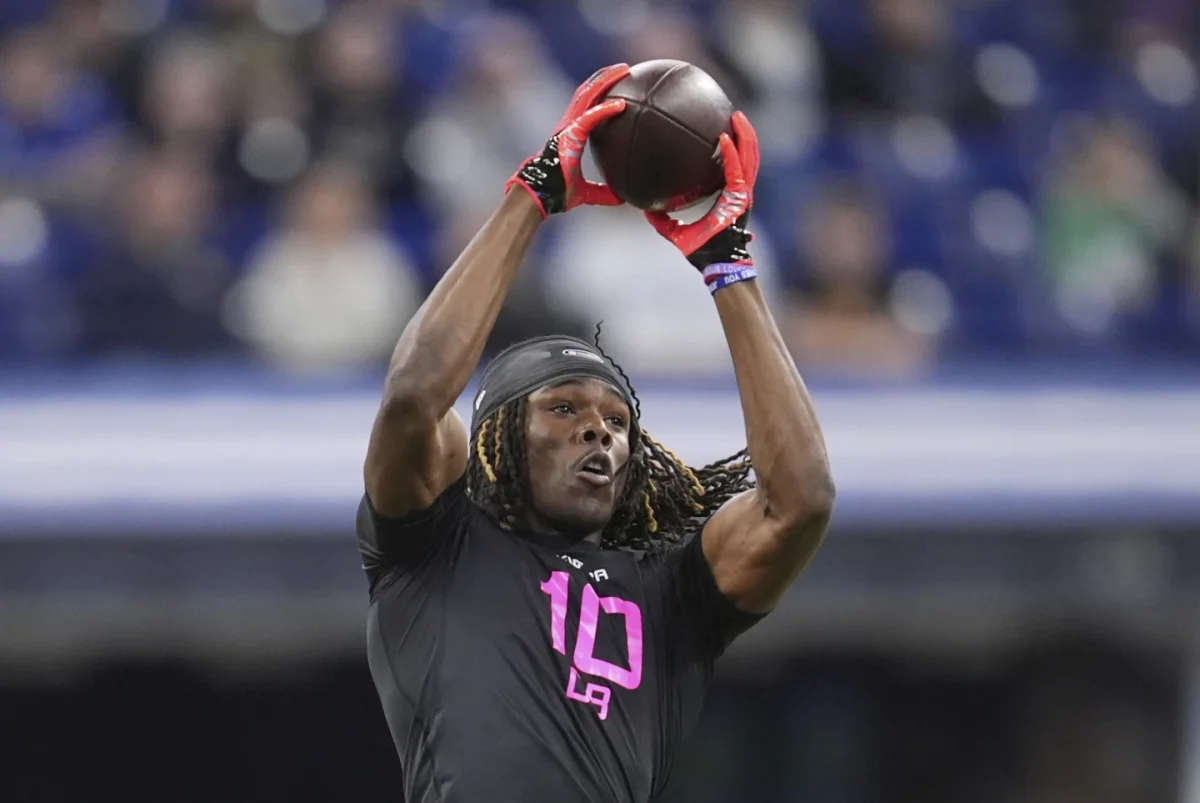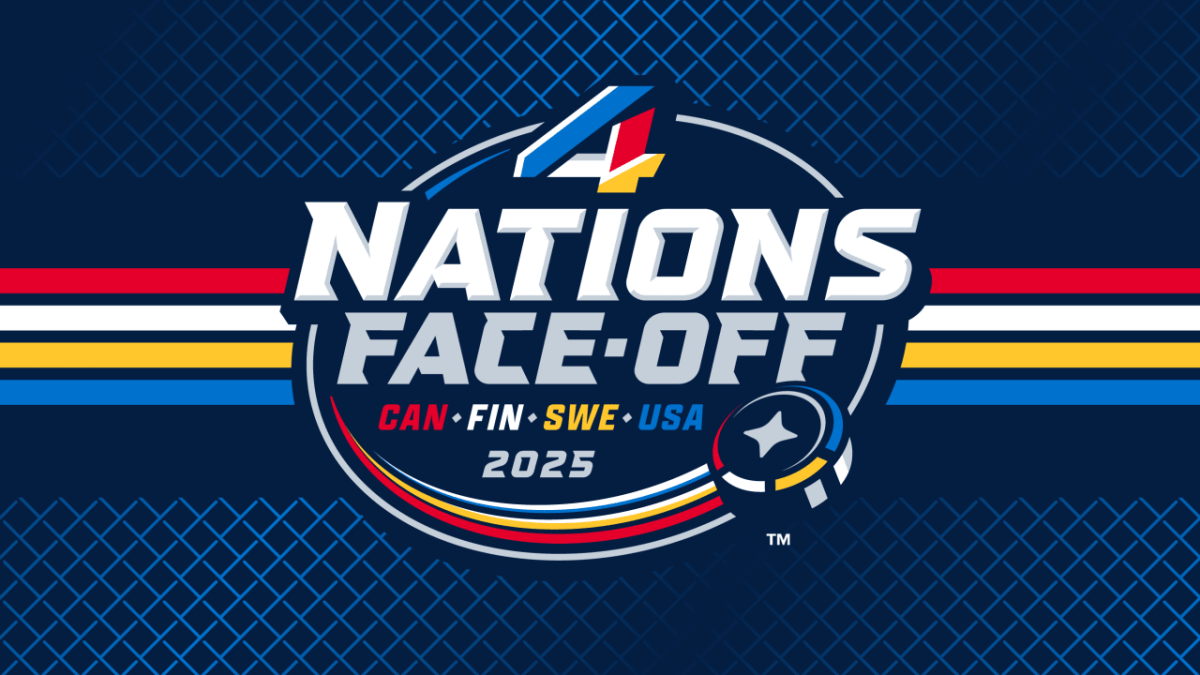As many of you know, I am a running fanatic. Through cross country and track, I became enveloped in the history and stats of professional running. Professional running is different than any other league. Runners of extreme abilities get very little, if any, coverage in the mainstream media. This is due to a severe lack of television and newspaper coverage of the professional running circuit.
For instance, Haile Gebrselassie, arguably the greatest distance runner of all time, recently set a new world record in the Berlin Marathon, becoming the first person to ever break the 2:04 barrier. Had you heard about ths? Probably not, because no major network or news outlets reported more than two sentences on the feat. Between the Boston Globe and Boston Herald, a total of about eight lines were reported on the record. How can such a feat be ignored? Running a record shattering marathon should have received as much coverage as Usain Bolt’s 100 meter world record did in the Olympics.
How can running gain more attention? I feel the first step is television. Most marathons are not televised. In fact, the Berlin Marathon wasn’t even on TV. Running diehards like myself had to watch the record through a computer webcast (universalsports.com). Other than the major marathons, Boston, New York, and Chicago, running only gets the time slot that no other major sport wants. For example, during the track season, the few meets that are big enough to gain TV space are usually on at 2:00 in the afternoon on a Sunday, competing against the NFL, NASCAR, and MLB. Back in the seventies and eighties, when the likes of Steve Prefonatine, Alberto Salazar, and Bill Rodgers where household names, running was on television regularly. Why not any more? More Americans are running now than ever before, thanks to its health benefits. So shouldn’t their be more programs on than their already are? Something doesn’t make sense.
It seemed like many American’s were into the 2008 Beijing Olympics. Between Michael Phelps and Usain Bolt, the Olympics were thrilling. The distance running events were arguably the best parts of the second half. Both the men’s and women’s marathon were on primetime, too! But, once the torch went out, people could care less about what happened in the swimming and track and field worlds. How can USA Track and Field get more people excited about running competitions outside of the Olympics? Maybe they should start to







